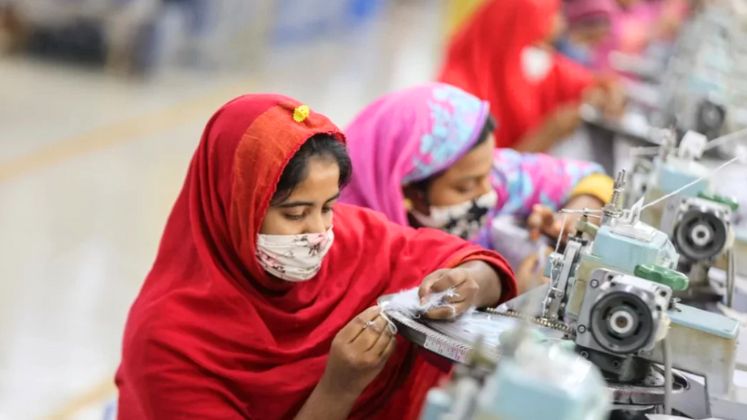
Bangladeshi garment industry, a vital clog in the country’s economy and an important supplier to global brands, is facing a deep crisis marked by mass factory closures and impending layoffs. This raises questions about the industry’s future stability and reliability for international brands.
Widespread layoffs and closures
At least 26 factories have laid-off workers from September 11. These layoffs follow reports of over 326 major textile and garment mills already shutting down, leaving an estimated 100,000 workers unemployed. And the situation is expected to worsen, with a more reputable mills slated for layoffs. These developments come as a shock to many, especially given the industry's recent record export figures. In the fiscal year 2022-23, Bangladesh exported garments worth $55 billion. However, the current situation paints a contrasting picture, highlighting the industry’s vulnerability to fluctuations in global demand and other external factors.
Reasons behind the crisis
There are many reasons for factory closures and layoffs. One major factor is the global economic slowdown, coupled with rising inflation in major export markets that has impacted orders for Bangladeshi garments units. The drop in production has made workers redundant.
Increase in energy prices, raw material costs, and labor wages have squeezed profit margins for many factories especially smaller ones. The industry has also faced scrutiny over safety and labor rights issues following major incidents like the Rana Plaza collapse. Increased compliance requirements may be adding to operational costs.
And of late the political situation in the country has also affected factories with units remaining closed and orders being diverted to other supplying countries. The industry too has a history of labor disputes, with workers demanding better wages and working conditions. The recent layoffs could exacerbate these tensions.
Indeed, the widespread job losses are having a devastating impact on garment workers and their families. The industry, which employs millions, primarily women, is a crucial source of income for many households. The loss of livelihoods will exacerbate poverty and economic hardship in the country. At a time, when the country is working towards becoming a developing nation these factors could turn out be major roadblocks. Uncertainty for International Brands
Global brands uncertain
The ongoing crisis raises serious questions about the future of Bangladesh's garment industry and its ability to meet the demands of international brands.
• Reliability concerns: The instability and disruptions caused by factory closures and layoffs create uncertainty for brands relying on Bangladesh for sourcing.
• Supply chain diversification: Brands may seek to diversify their supply chains to mitigate risks associated with over-reliance on a single country facing such challenges.
• Focus on sustainability and resilience: The crisis underscores the need for the industry to focus on building a more sustainable and resilient model, addressing labor rights, safety concerns, and environmental impact.
Indeed, the situation in Bangladesh's garment industry is deeply concerning. Immediate action is needed to support affected workers and address the underlying issues causing the crisis. The industry's long-term viability depends on its ability to adapt to changing global conditions and prioritize sustainable practices. International brands, too, have a role to play in supporting a more ethical and resilient garment industry in Bangladesh.












